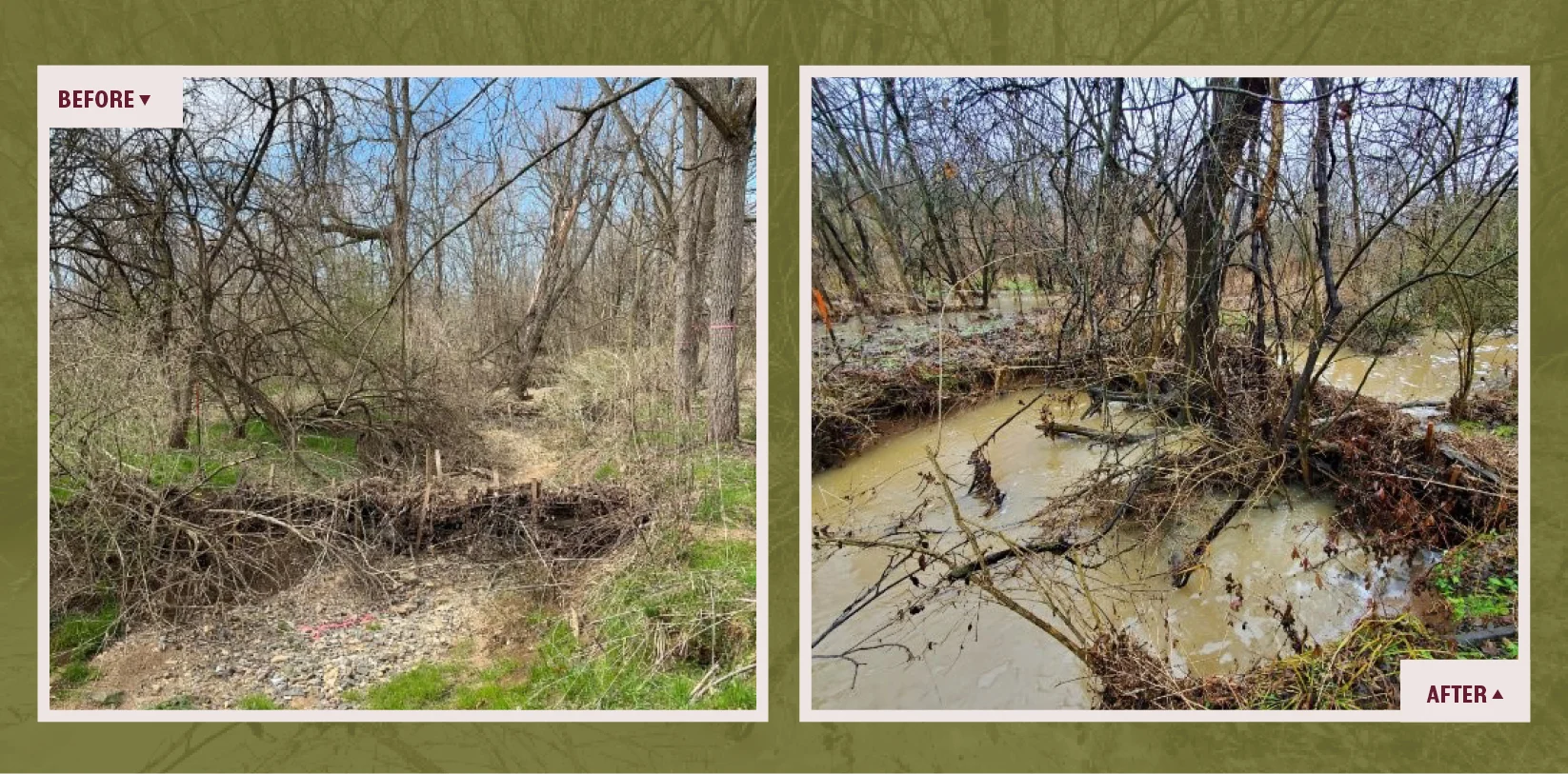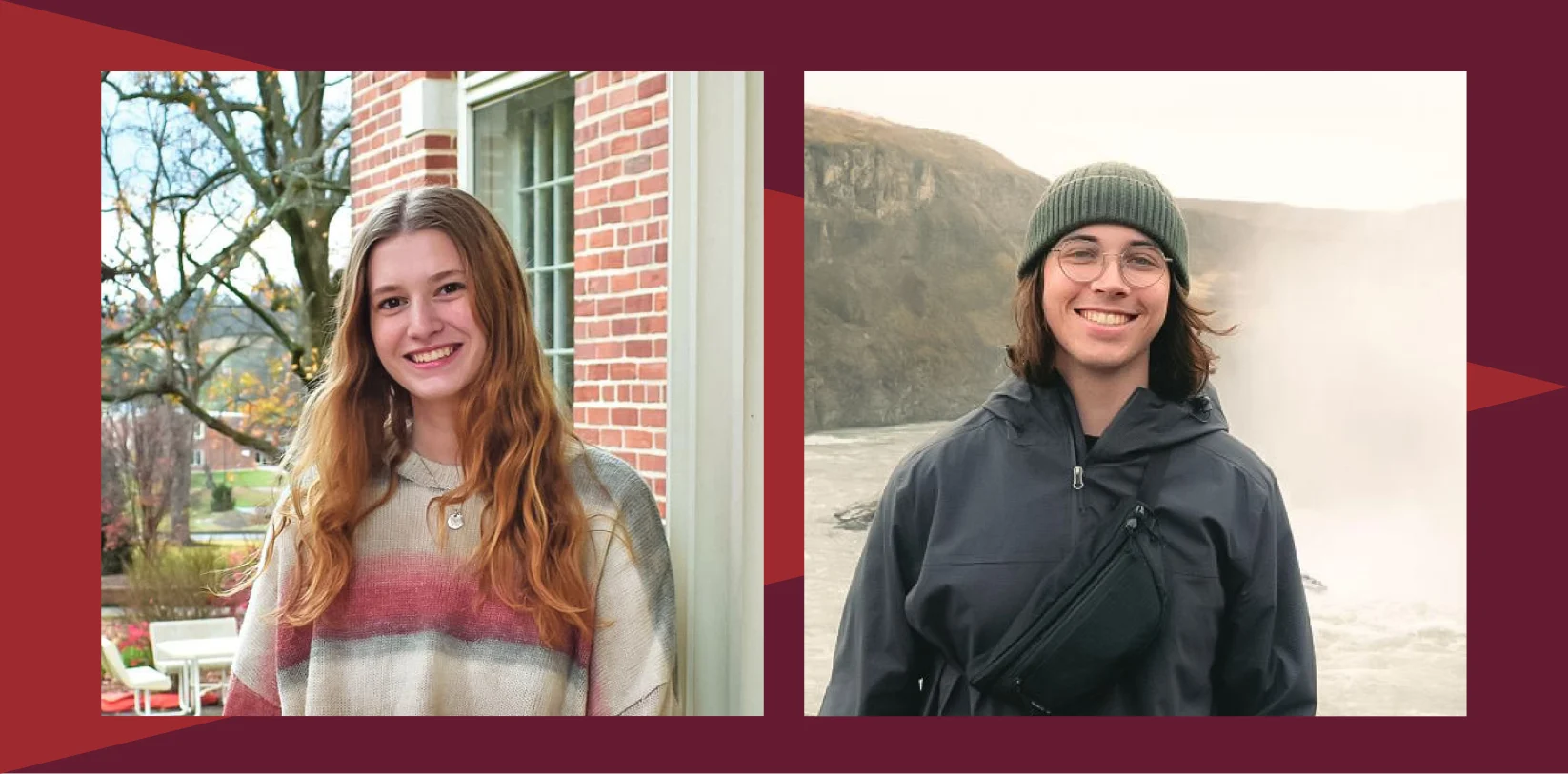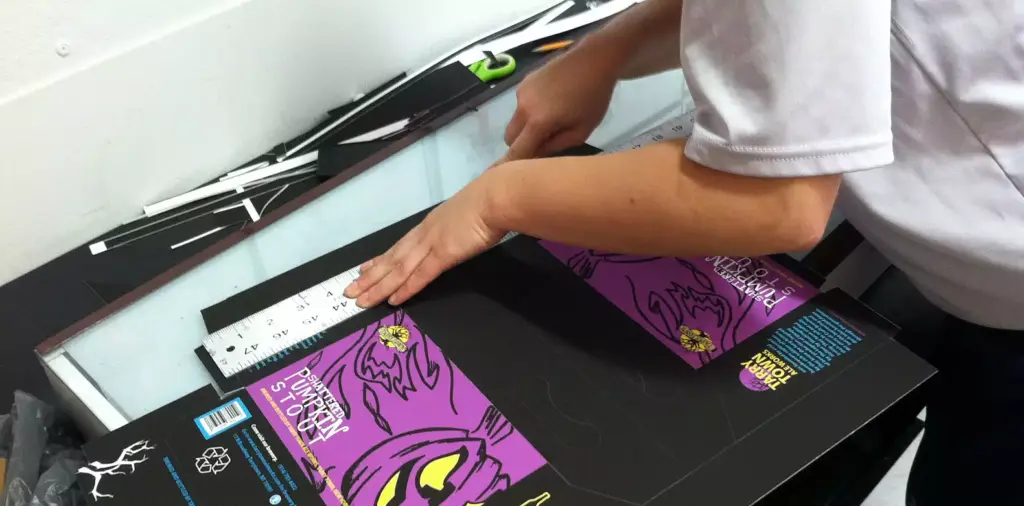With the publication of “Techniques of Classical Mechanics: From Lagrangian to Newtonian mechanics,” Susquehanna University’s Samya Zain is the first Pakistani woman to publish an international physics e-textbook.
The textbook itself is groundbreaking in ways beyond its author.
Zain’s textbook, which she is using for the first time with students this semester, serves as a stepping-stone between introductory physics to graduate-level physics by explaining various advanced concepts more simply, and is the textbook she said she wishes she would have had as an undergraduate.
Undergraduate physics textbooks traditionally only cover physical concepts invented by Isaac Newton (Newtonian mechanics), with students learning more advanced methods (Lagrangian and Hamiltonian) only if they go on to graduate school — despite the fact that graduate school entrance exams test students on some of these more advanced concepts.
“The undergraduate textbooks just didn’t do what I wanted them to do,” Zain said. “With this textbook, my hope is that the reader’s understanding is going to be broader and deeper.”
A Girl from Pakistan
Zain grew up in Lahore, Pakistan, the youngest of four and the only girl. In seventh grade, she decided she wanted to become a physicist — in part to learn how the universe works, but also to avoid becoming a medical doctor like the rest of her family.
“My father just told me, you must have ‘Dr.’ in front of your name,” Zain remembered.
When she married at 18, her father had one request for Zain’s new husband: “Make sure she gets all of the education she wants.”
It was an unusual attitude for the time, Zain admits, but her father insisted she have every opportunity available to her as did her brothers.
Zain completed her undergraduate work in physics at the University of the Punjab, Lahore, Pakistan, and was awarded a national gold medal for achieving the highest score in the final examination.
With her husband and 4-year-old son, Zain came to the United States and earned her master’s degree in physics from the University at Albany-State University of New York in 2001 and her doctorate in experimental particle physics in 2006. She continued there as a post-doctoral fellow at the Albany High Energy Physics Lab as a member of the SLAC (Stanford University) and ATLAS (CERN) collaborations. She joined the faculty of Susquehanna in 2008 and currently is an associate professor.




